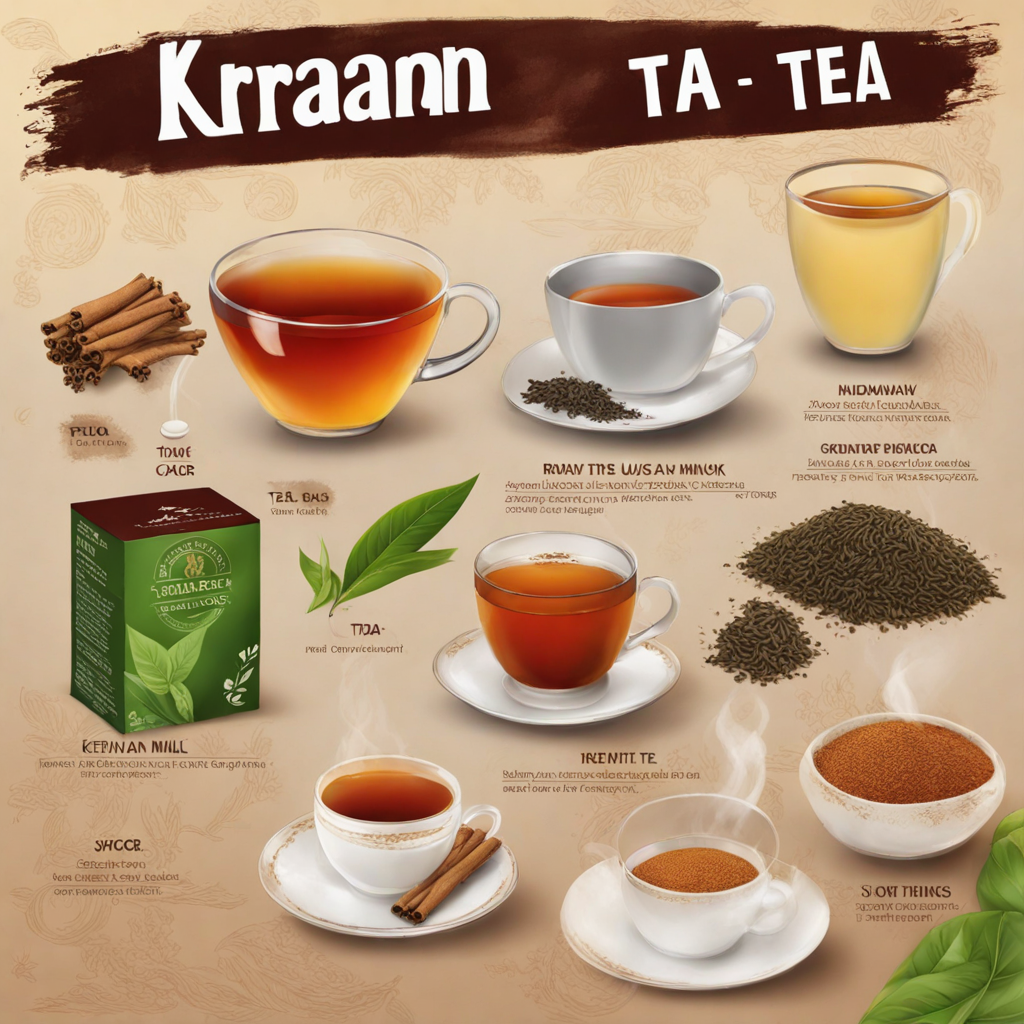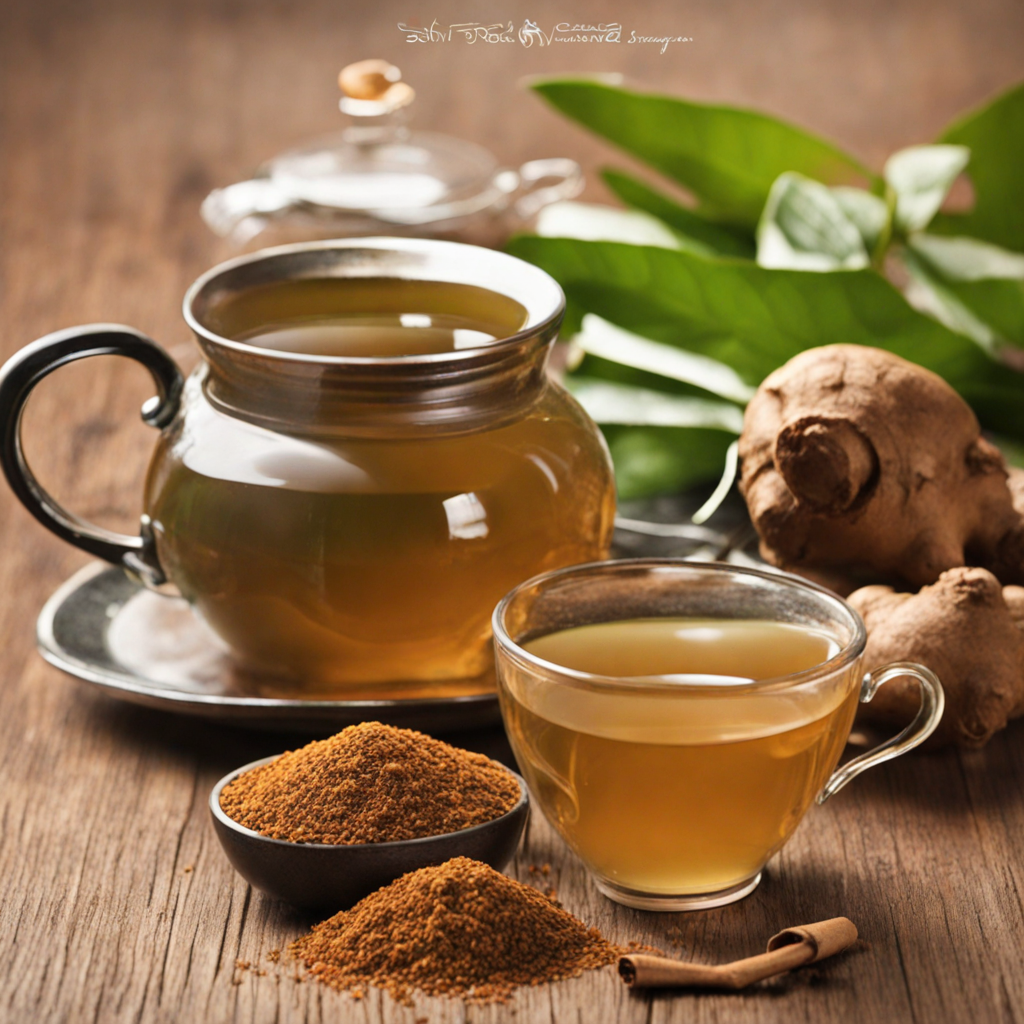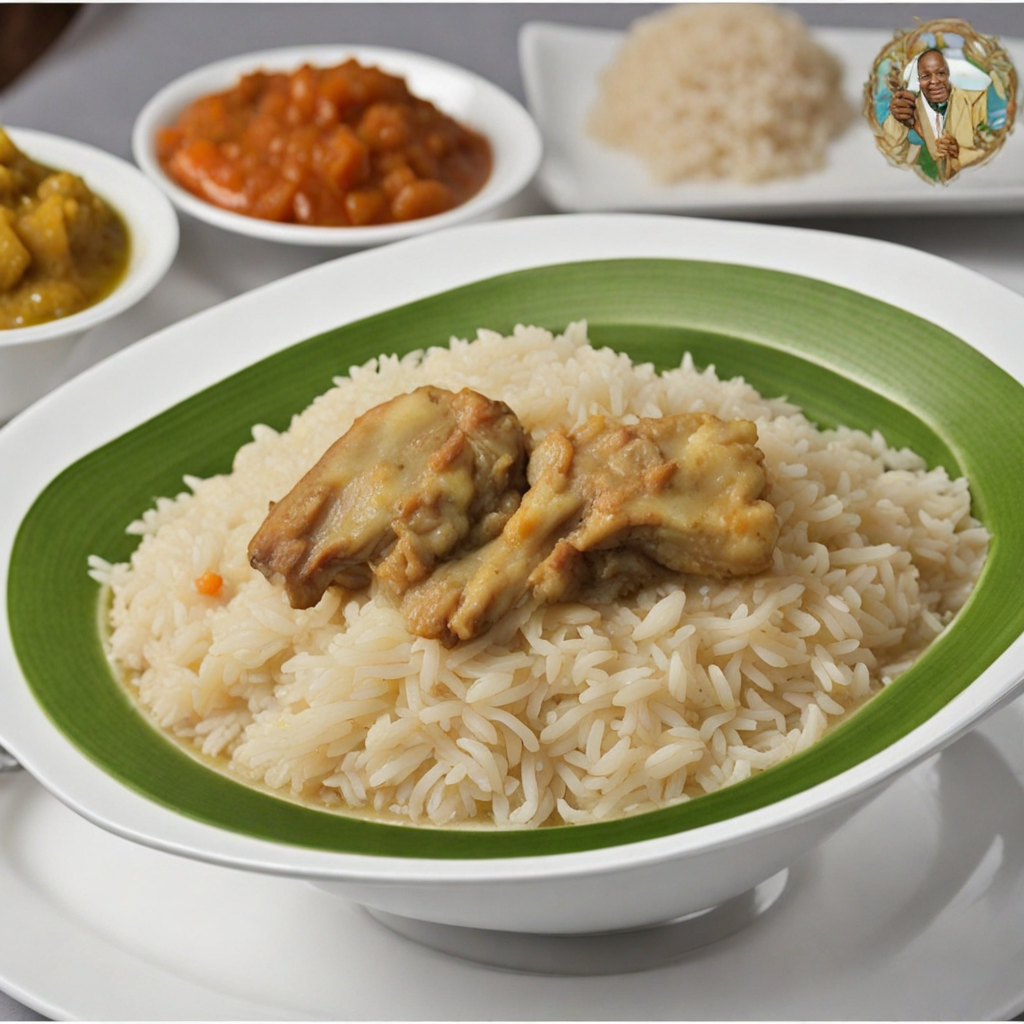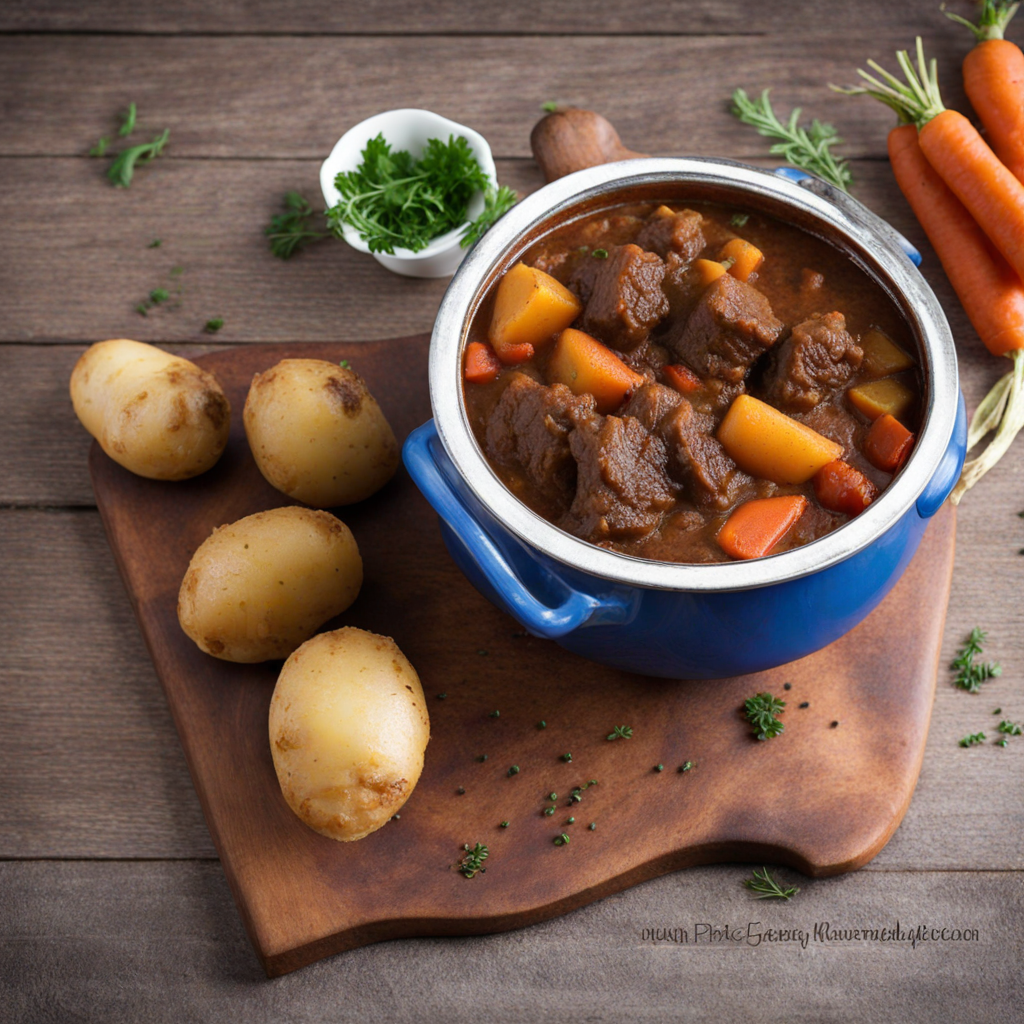Kenyan Tea
Kenyan Tea, renowned for its rich flavor and vibrant color, is a delightful beverage that embodies the essence of East African culture. The tea is primarily made from the leaves of the Camellia sinensis plant, with the high-altitude regions of Kenya providing an ideal environment for its cultivation. The unique combination of fertile volcanic soil and favorable climate conditions results in tea leaves that are bold and full-bodied, often with a hint of astringency that makes each sip refreshing. Kenyan tea is typically categorized into black tea, green tea, and specialty blends, showcasing a spectrum of tastes that cater to diverse palates. One of the predominant varieties is the robust black tea, which is often enjoyed with milk and sugar, enhancing its natural flavors. The brewing process involves steeping the loose leaves or tea bags in boiling water, allowing the rich tannins and essential oils to infuse. The resulting beverage is dark and aromatic, with a delightful balance of earthiness and subtle fruity notes. For those who prefer a lighter option, Kenyan green tea offers a more delicate taste profile, often described as grassy and slightly sweet, making it a refreshing choice for warm weather or health-conscious individuals. Kenyan Tea is not just about the drink itself; it also serves as a cultural ritual that brings people together. It is commonly enjoyed during social gatherings, where friends and family share stories over steaming cups, often accompanied by traditional snacks like mandazi or samosas. The warmth and hospitality associated with Kenyan tea culture make it a perfect introduction to the country's culinary traditions. Whether sipped leisurely in the morning or shared with loved ones in the afternoon, Kenyan Tea is a delightful experience that invites exploration of its rich heritage and flavor.
How It Became This Dish
Origin of Chai ya Kenya Chai ya Kenya, or Kenyan tea, has its roots deeply embedded in the culture and daily life of the Kenyan people. The introduction of tea to Kenya dates back to the early 20th century during British colonial rule. The British sought to cultivate tea as a cash crop in the fertile highlands of Kenya, particularly in regions like Kericho and Nandi Hills. The cool climate, rich volcanic soil, and abundant rainfall provided ideal conditions for tea cultivation. By the 1920s, large tea plantations began to emerge, and Kenya was soon on its way to becoming one of the leading tea producers in the world. The first tea that was cultivated in Kenya was primarily of the Camellia sinensis variety, which is also used for producing black tea. The British settlers initially grew tea for export, but over time, it became an integral part of Kenyan life. The local population began to adopt tea-drinking customs, leading to the creation of a unique Kenyan tea culture. \n\n Cultural Significance Chai ya Kenya is more than just a beverage; it plays a significant role in social interactions and cultural practices among Kenyans. Traditionally, tea is served at social gatherings, family events, and even formal occasions. It is customary for hosts to offer chai to guests as a sign of hospitality and respect. This gesture reflects the Kenyan ethos of community and togetherness, where sharing a cup of tea fosters conversation and bonding. In many Kenyan households, chai is prepared daily, often in the morning and during the afternoon "chai time." This ritual is similar to the British afternoon tea but has evolved into a distinctly Kenyan affair. Families gather to enjoy chai, often accompanied by snacks such as mandazi (fried dough) or biscuits. The preparation of chai has also become an art form, with each household boasting its own unique recipe that may include spices like ginger, cardamom, and cinnamon, infusing the tea with rich flavors and aromas. \n\n Development Over Time As Kenya's tea industry grew, so did the popularity of chai both locally and internationally. The 1960s marked a significant turning point for Kenyan tea as the country gained independence. With the newfound freedom, Kenyans began to take pride in their local tea, leading to a surge in domestic consumption. The government encouraged tea drinking as part of the national identity, and chai became associated with patriotism and cultural pride. In the decades that followed, Kenyan tea gained recognition on the global stage. By the late 20th century, Kenya had become one of the largest exporters of black tea, and the country's distinct flavor profile started to attract international attention. The tea produced in Kenya is often characterized by its robust and brisk taste, making it a favorite among tea drinkers worldwide. This increased demand also contributed to the development of smallholder tea farming, allowing many rural families to benefit from the tea trade. \n\n Modern Variations and Innovations In contemporary Kenya, chai has evolved further, with various adaptations and innovations emerging. The traditional chai is often prepared with milk and sugar, but modern variations have introduced new ingredients and techniques. For instance, the addition of spices like masala has led to the popularization of masala chai, which has gained traction not just in urban areas but also among the younger generation. Moreover, the rise of coffee culture has also impacted tea consumption. While coffeehouses and cafes have proliferated in urban centers, many establishments now serve chai alongside coffee, creating a fusion of beverages that reflects Kenya's dynamic culinary landscape. This blending of cultures has opened up new avenues for chai enthusiasts to enjoy different versions of the classic drink, including iced chai and chai lattes. \n\n Chai in the Global Context The international spread of chai has also contributed to its evolution. In countries like the United States, chai has become popularized through the introduction of chai lattes in coffee shops, combining traditional spices with steamed milk. This adaptation has led to a broader appreciation of Kenyan tea and its rich heritage. Kenyan tea brands have begun marketing their products globally, emphasizing the unique flavor profiles and health benefits associated with their tea. Furthermore, the global emphasis on sustainability has encouraged Kenyan tea producers to adopt eco-friendly practices. Many tea estates are now focusing on organic farming, fair trade practices, and community development, which enhances the reputation of Kenyan tea on the international market. This commitment to sustainability not only preserves the environment but also ensures that local farmers receive fair compensation for their hard work, thus improving their livelihoods. \n\n Conclusion: A Beverage of Connection Today, Chai ya Kenya stands as a testament to the country’s rich history and cultural heritage. It serves as a symbol of connection—between the past and the present, between the rural and the urban, and between Kenya and the world. Whether enjoyed in a bustling city café or a quiet rural home, chai continues to bring people together, reinforcing social bonds and cultural identity. The evolution of chai reflects not only the growth of Kenya’s tea industry but also the resilience and adaptability of its people in embracing both tradition and modernity. As it moves forward, Chai ya Kenya remains a cherished part of everyday life, embodying the spirit of hospitality and the warmth of community that defines Kenyan culture.
You may like
Discover local flavors from Kenya







